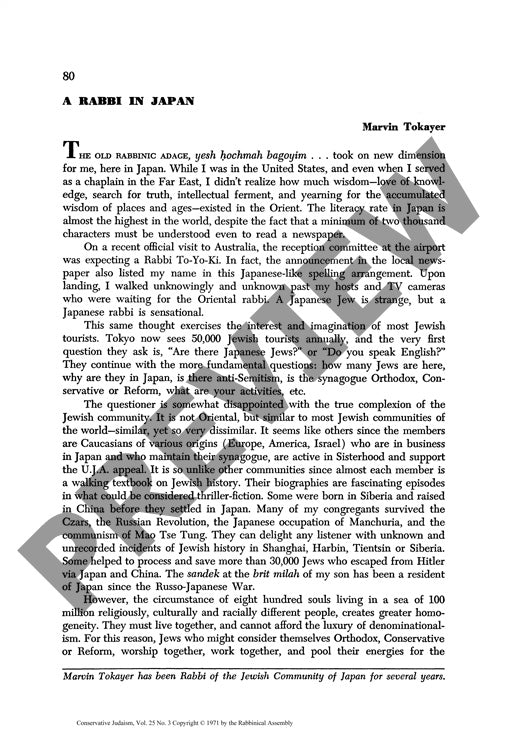A Rabbi in Japan
Couldn't load pickup availability
Japan's tiny Jewish community of 800 souls, nestled within a sea of 100 million culturally distinct neighbors, offers a remarkable window into how religious minorities adapt and thrive in isolation. Through years of rabbinical service and ethnographic immersion in early 1970s Japan, this research reveals an extraordinarily complex diaspora community whose members carried dramatic biographical narratives through the Russian Revolution, Japanese occupation of Manchuria, and rise of Chinese communism. The community's distinctive response to its minority status produced an unprecedented religious unity - a functional Kehillah that bridged traditional Orthodox, Conservative, and Reform divisions. Participant observation, interfaith dialogue, and sustained cultural engagement illuminated not only the community's internal dynamics but also documented significant Japanese interest in Jewish culture, manifested in over 500 Japanese students studying in Israel, flourishing academic societies focused on Jewish studies, and scholarly publications on Judaism in Japanese. The findings challenge conventional understanding of diaspora communities by demonstrating how geographical isolation and demographic constraints can foster both internal cohesion and meaningful cross-cultural exchange.

More Information
-
Physical Description
-
Publication Information
Published 1971
ISBN
-
Publication Credits
Marvin Tokayer

